What to Wear Paddleboarding by Season
One of the best things about paddle boarding compared to other watersports is that you can do it all year-round, no matter the season. That's not because you bought plane tickets to paddle elsewhere, but because with the proper attire you can head out in all four seasons regardless of your location. All you need to do is bring suitable clothing for the current conditions, which we'll cover below.
Of course, there are various aspects of all seasons that are going to make it harder or easier to paddleboard and we'll cover that in this article. So if you're looking for a resource for picking the proper paddle boarding attire, you've come to the right place!
In This Article
In this article, we're giving you a comprehensive guide for what to wear on your paddle board in all types of seasons, weather, climates, and more. Paddle board clothing is often a difficult decision, as you are not really sure how wet you will get, how long you will be out there, and how much the elements and cold weather will effect you.
That's why in this article we are going to give you ideas for each season and help you understand what is appropriate for each situation. When you start shopping for stand up paddleboard gear, you might be bombarded with options. Everything from a wetsuit to a drysuit, board shorts to a swimsuit, and safety gear like a lifejacket. This article will help you cut through these options and decide what's really important to you.
Contents
- All Seasons
- Warm Months
- Cold Months
- Suiting up for Cold Weather
- Other Factors to Consider
- Style
- Comfort
- Your Own Climate
- Safety
- Best Dressed
All Season Guide for What to Wear When Paddle Boarding
All Seasons
One thing to keep in mind regardless of the specific season is your option to layer. If you have a dry bag or something you can store your layers in and bring along with you, then you have options.
Remember, the time of day you start and finish can make a major difference in what's comfortable to wear. For instance, in summer you might find the mornings and evening significantly different from your daytime comfort level. So keep in mind the time of day you'll be starting and finishing; remember, you can always layer.
After all, it is much more helpful to have too many layers than too little. So when in doubt, pack enough to be comfortable as you can always de-layer. Avoiding cold water shock is the primary idea here and is easily achievable if you plan properly.

Comfortably enjoying the sunrise at Spring Lake, USA.
Warm Months
It's easy to feel called to the water at this time of year. The sun is shining. The air is warm. Depending where you are, falling in isn't even an issue. In fact, you might choose to jump in yourself. Since paddle boarding in the summer months most likely means an occasional dip in the water alongside your board, you'll need the typical watersport attire.
A thin breathable top (such as a rash guard) is ideal because it can offer you some protection from the sun rays while allowing you to remain cool. Of course, you'll need a bathing suit of your choosing so you can dive in and enjoy the water. And, since you have the room for them on board, you might want to consider bringing along a hat and sunglasses. Not just for style, but for some protection from the sun. It's easy to spend a full-day out in the sun when you're doing something you enjoy like paddle boarding, so regardless of what you do choose to wear, don't forget your sunscreen.
The key here is that these months bring flexibility not seen in other seasons. You will basically always be comfortable when paddle boarding, unless you find yourself too hot! Just be sure to pack that sunscreen, water, and sun protection.

If you're dressed appropriately you can paddle all year-round.
Cold Months
Although the water itself may seem less inviting, it's not an any less beautiful time of year to be out enjoying the open water. In the autumn you have the pleasure of changing leaves and in the winter you may have the novelty of paddling in the snow. But if you want to be able to enjoy a paddle at this time of year, you are going to want to have the proper attire to keep yourself comfortable and safe.
Although it may be tempting to simply bundle up in your normal cold weather layers, it's a risky decision when paddle boarding. Whether you're a pro or a beginner you are always at risk of falling in. It may sometimes be uncomfortable to get wet when it's warm out, but it can be dangerous when it's cold.
Falling into cold water in thick clothing will not only make it difficult to swim, but will also make things worse when you finally get back on your board. Sure you're out of the water but now you're soaking wet and exposed to the wind on open water. That's why we recommend finding yourself a wetsuit or a drysuit. They are an absolute must in any weather below 50 degrees.
And of course, like so many other things, this might just boil down to personal tolerance. No matter how many layers you pack on and how high quality your wetsuit or drysuit is, you might always be cold! If the temperatures are freezing and the water is frigid, you probably won't be comfortable as a stand up paddler. At a certain point, it's best to either know your limits and stay off of the water or, if you have the skills and the proper gear, just accept that you'll be somewhat cold and just do it because you enjoy doing it!

Dressed for the weather all the way up in Wells, Maine.
Suiting up for Cold Weather
Wetsuits provide warmth through insulation. The insulation of the wetsuit is proportional to its thickness. So the colder the weather, the thicker you want the wetsuit. They range in thickness from 2-7mm; depending where you are, winter appropriate wetsuit start at around 4mm.
Wetsuits are worn for a range of watersports and they come in a variety of shapes and sizes. However, since we're mainly concerned with their use for warmth, it's best to select a full suit rather than a two piece option.
At these temperatures, you'll also want to pick up a pair of booties and gloves or mitts. Similar to wetsuits, booties vary in thickness (from 1-8mm). Whereas the gloves and mitt range in thickness from 1-7mm. Same rule of thumb applies; the colder the weather the thicker you want the neoprene.

Sunset paddle at Bellingham, USA.
Other Factors to Consider
Style
We can't forget about style! It's not all about just keeping warm or cool. You'll quickly notice that there are many options out there for the style focused. You can find a SUP boarding outfit for just about any condition in a variety of colours and prints.
There are so many options on the market, whether you're in the market for bathing suits, wetsuits, board shorts, or so much more. Style is important as it is in any sport; the better you like how it looks, the more likely you'll be to wear it. So take a while to consider the style you are actually looking for and then survey the options to see what is best for you. We are sure you can find something to suit your taste.
Comfort
Even more important than style is comfort. Of course, up until this point, we have focused on comfort mainly as a function of keeping you warm or cold. However, the actual material that the clothing is made of plays a large part in comfort as well.
Some pieces of clothing are made with much higher quality materials. This makes them softer, more form fitting, and more comfortable overall. Consider checking out the quality of material that your products are made of, as we know it will play a major factor in your comfort levels overall.

Cold weather paddle boarder enjoying the changing leaves and snowcapped mountains in Oberhofen, Switzerland.
Your Own Climate
Of course, when we refer to "winter" temperatures in this article, we know that some places have much colder winters than others. An Alaskan winter isn't quite a winter in Texas. You need to take your own winters into account. Often, cold weather gear will tell you what temperatures it is appropriate for. Pay close attention to these figures when choosing your own winter outfit.
The same goes for summers of course! Much hotter climates might require much different types of attire.
Safety
And finally, safety! While some might consider safety gear on a stand up paddle board to be overkill (it's not), it is made for a reason. If you are not a confident swimmer, then it is a must!
Gear such as lifejackets, lifevests, and an ankle leash, can make all the difference in keeping you safe and secure should you fall.
Be sure to gage the conditions before you paddle board as well. Paddle in calm water and if you're inexperienced, stick to warmer weather. Falling into cold water is no fun.
Best Dressed
For some of you more hardy stand up paddle boarders this may seem like overkill, but wearing (or at least packing) the proper attire will allow you to stay out on the water for much longer and more comfortably. Warm or cold, rain or shine a bit of preparation can lead to a much more enjoyable day.
RELATED: Stand Up Paddle Clothes - What to Wear Paddle Boarding


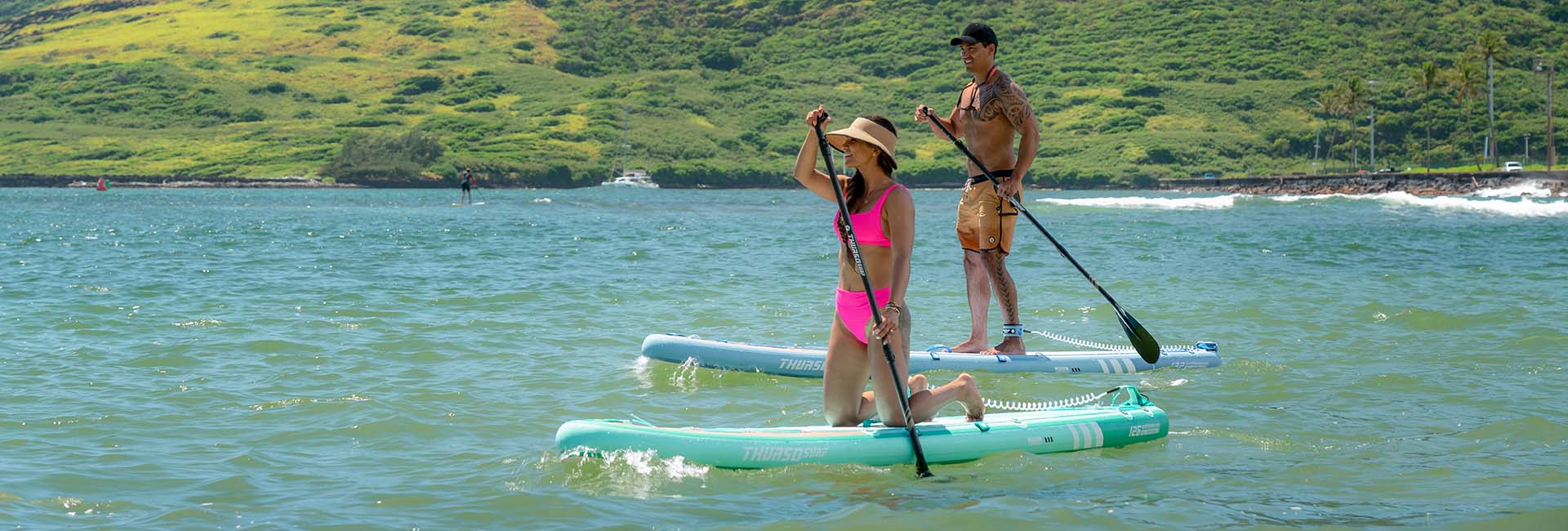
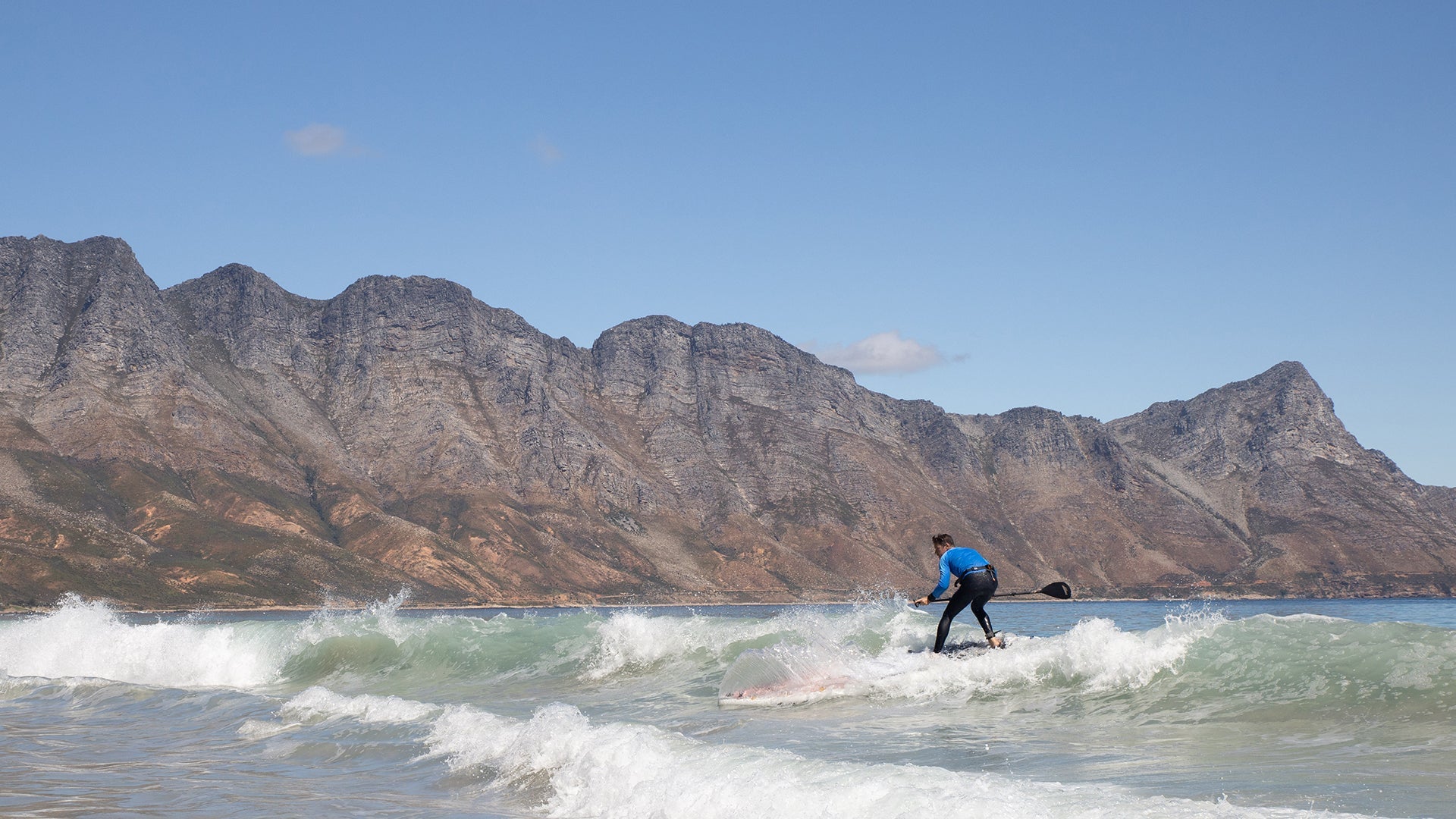
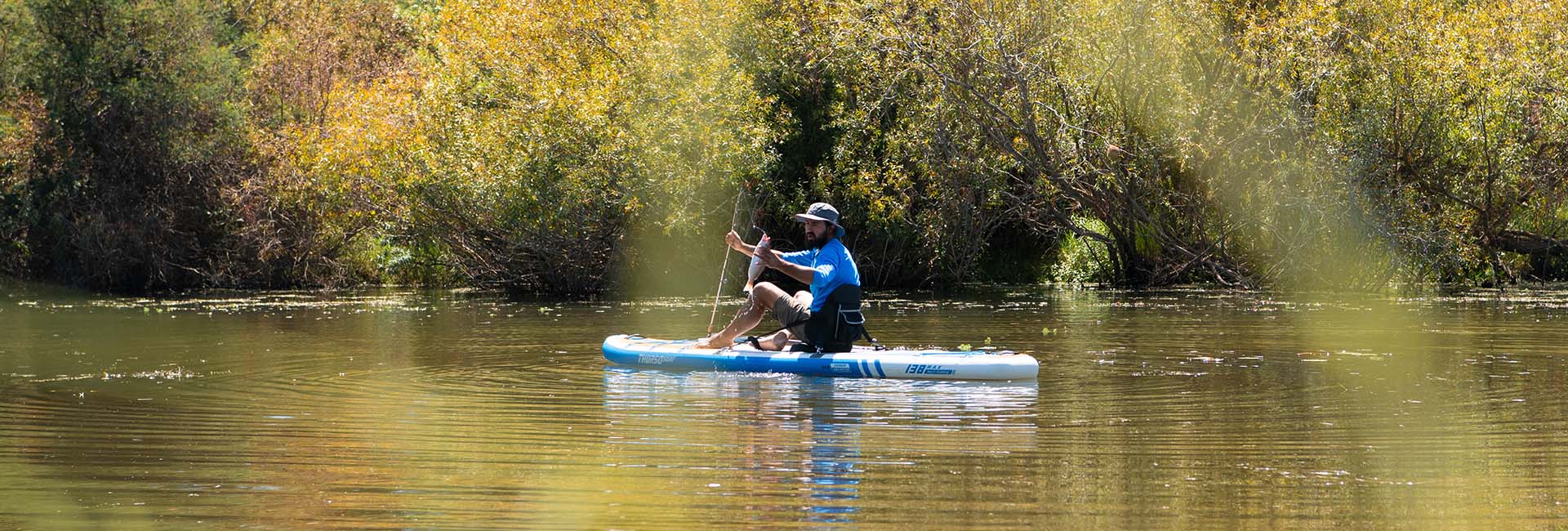
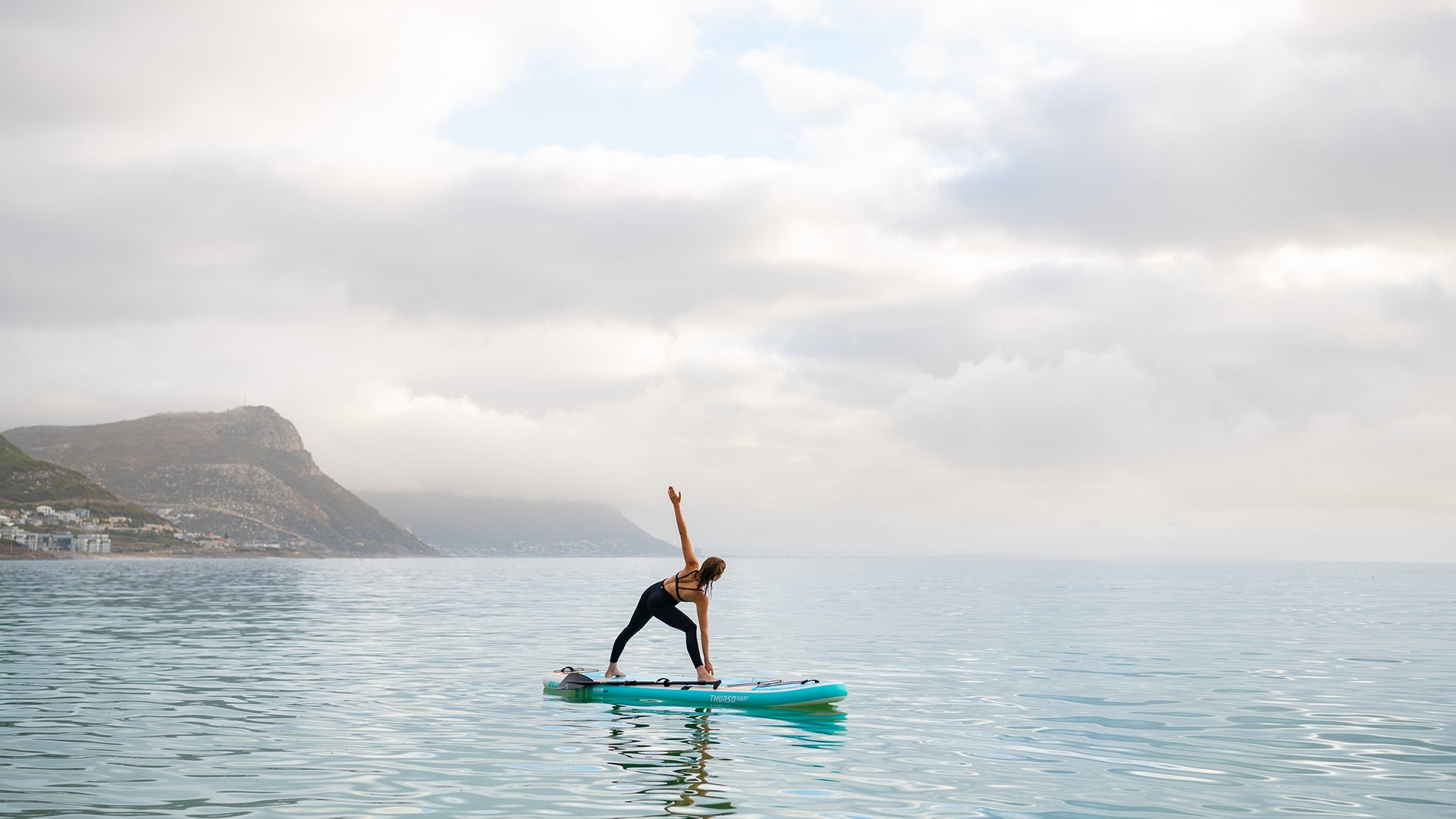
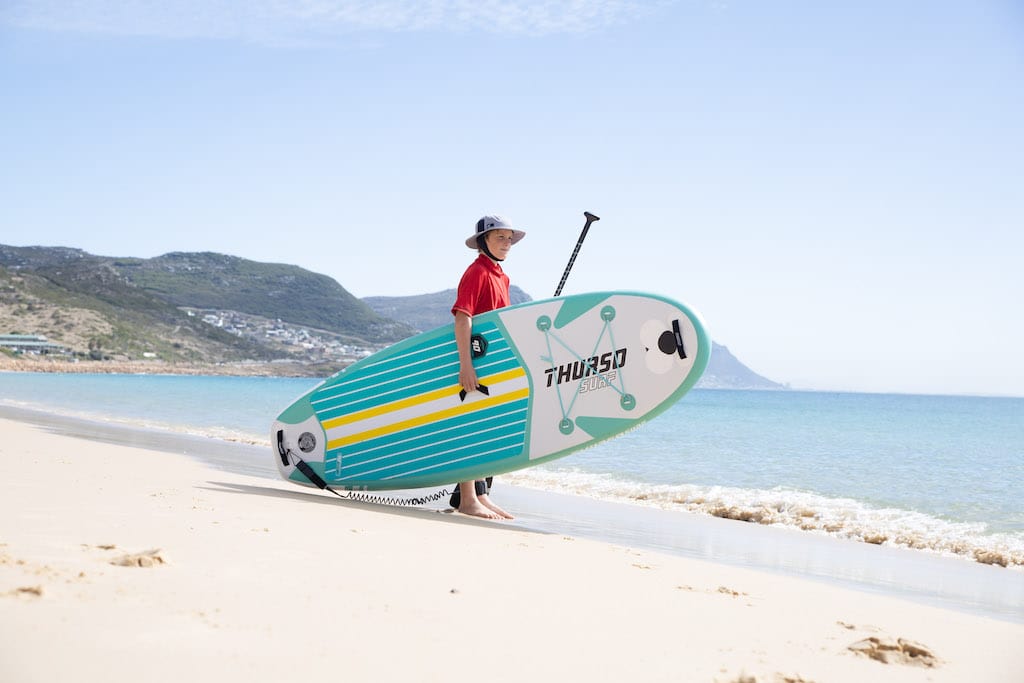
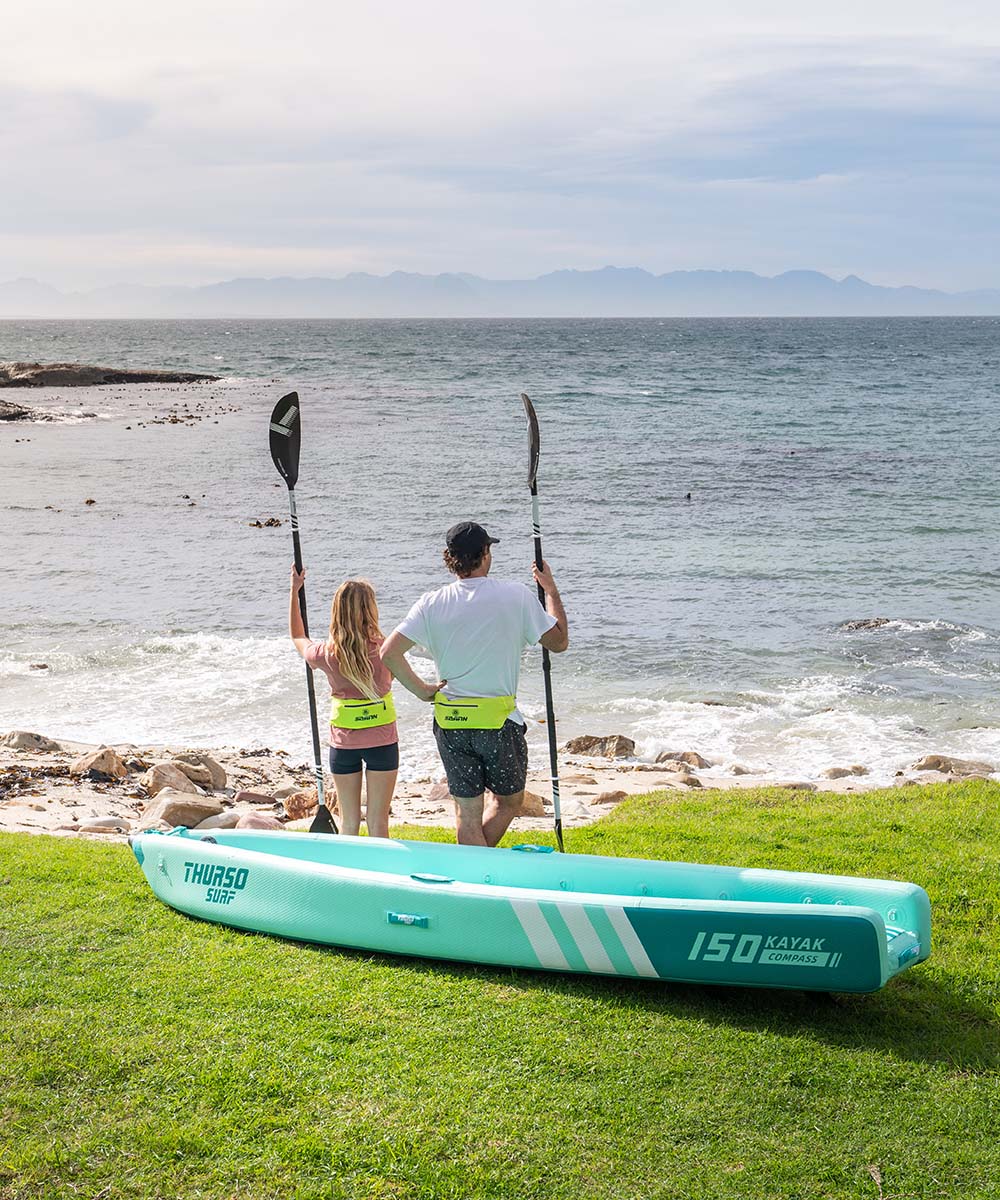
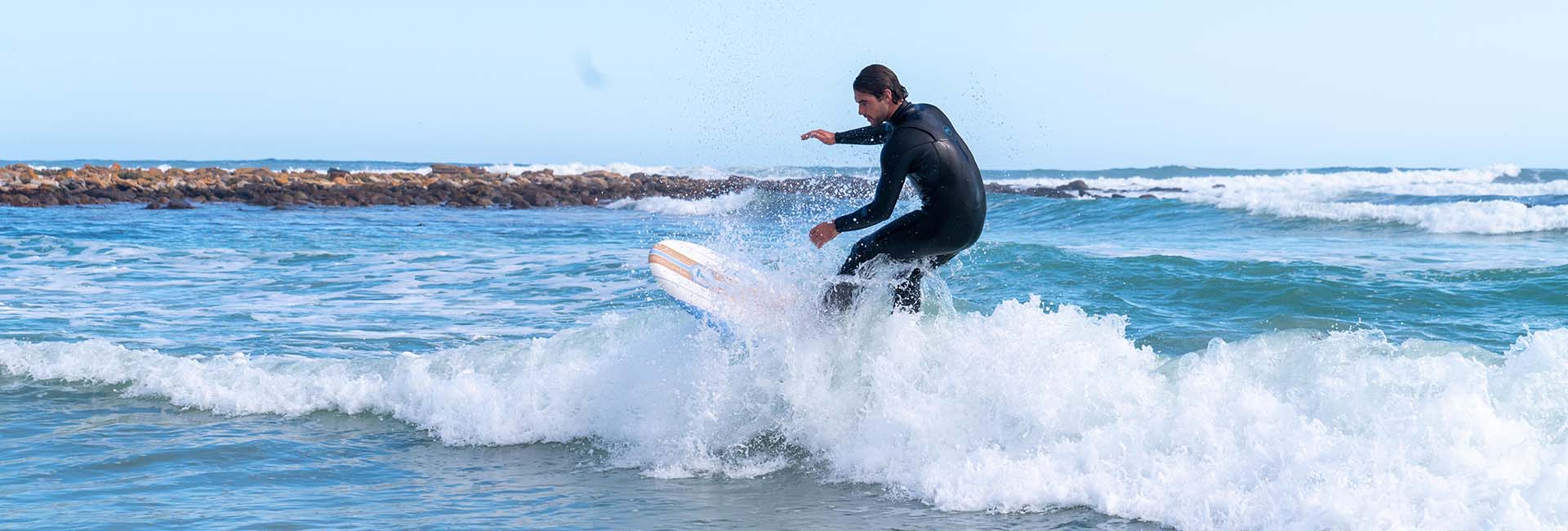
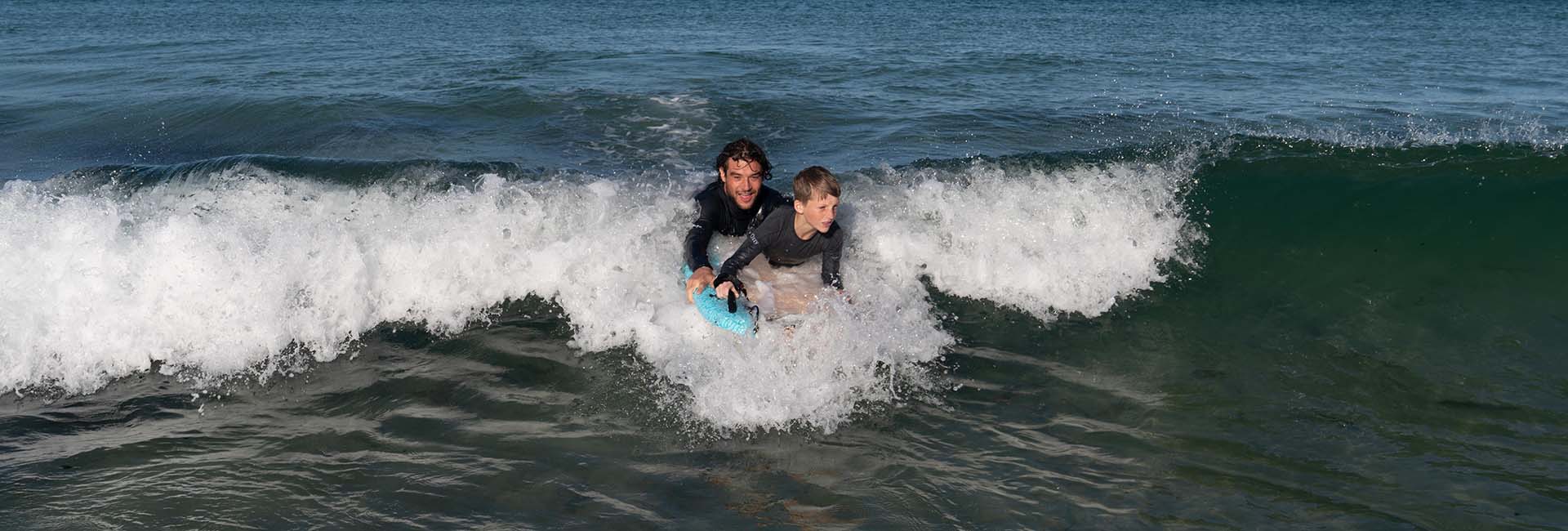
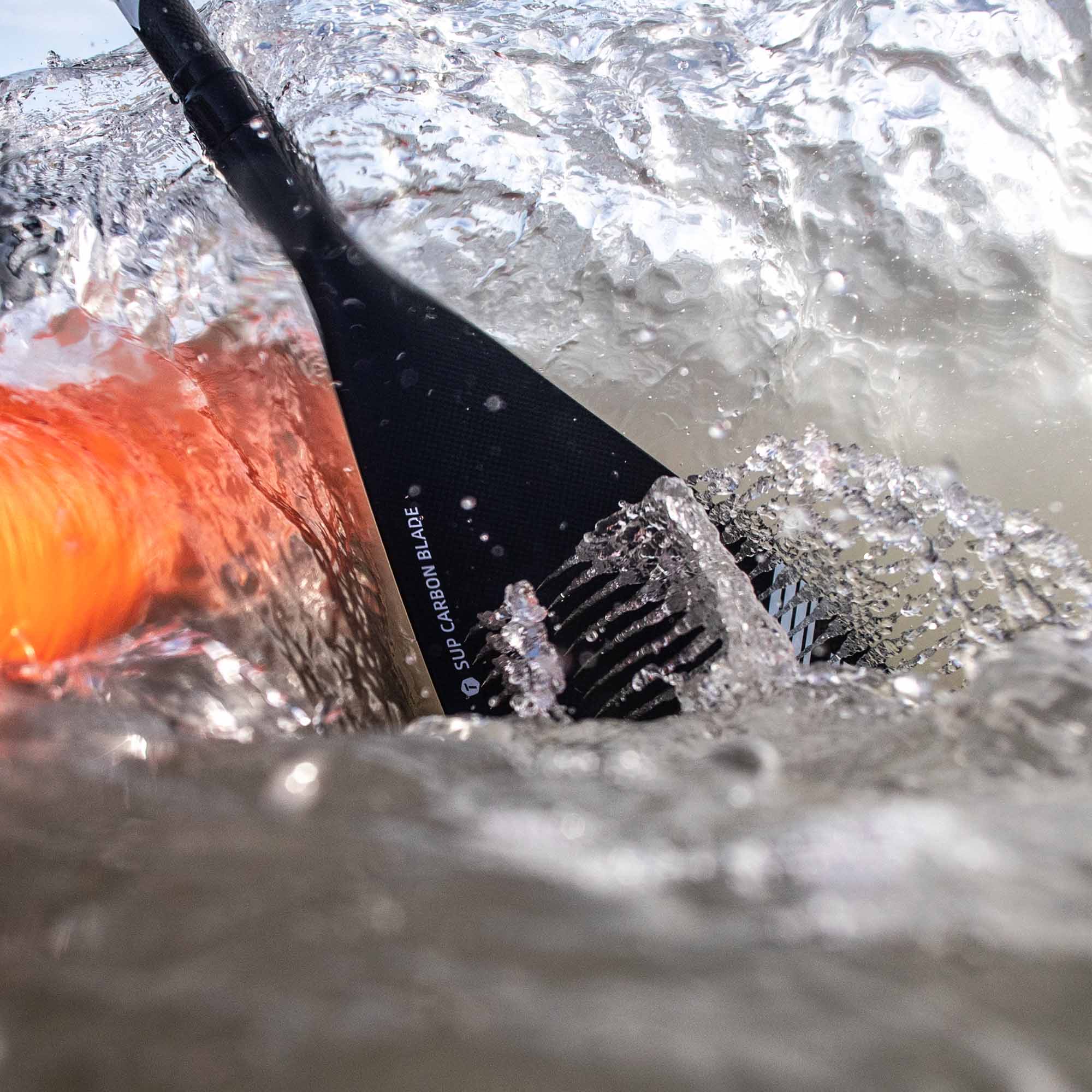
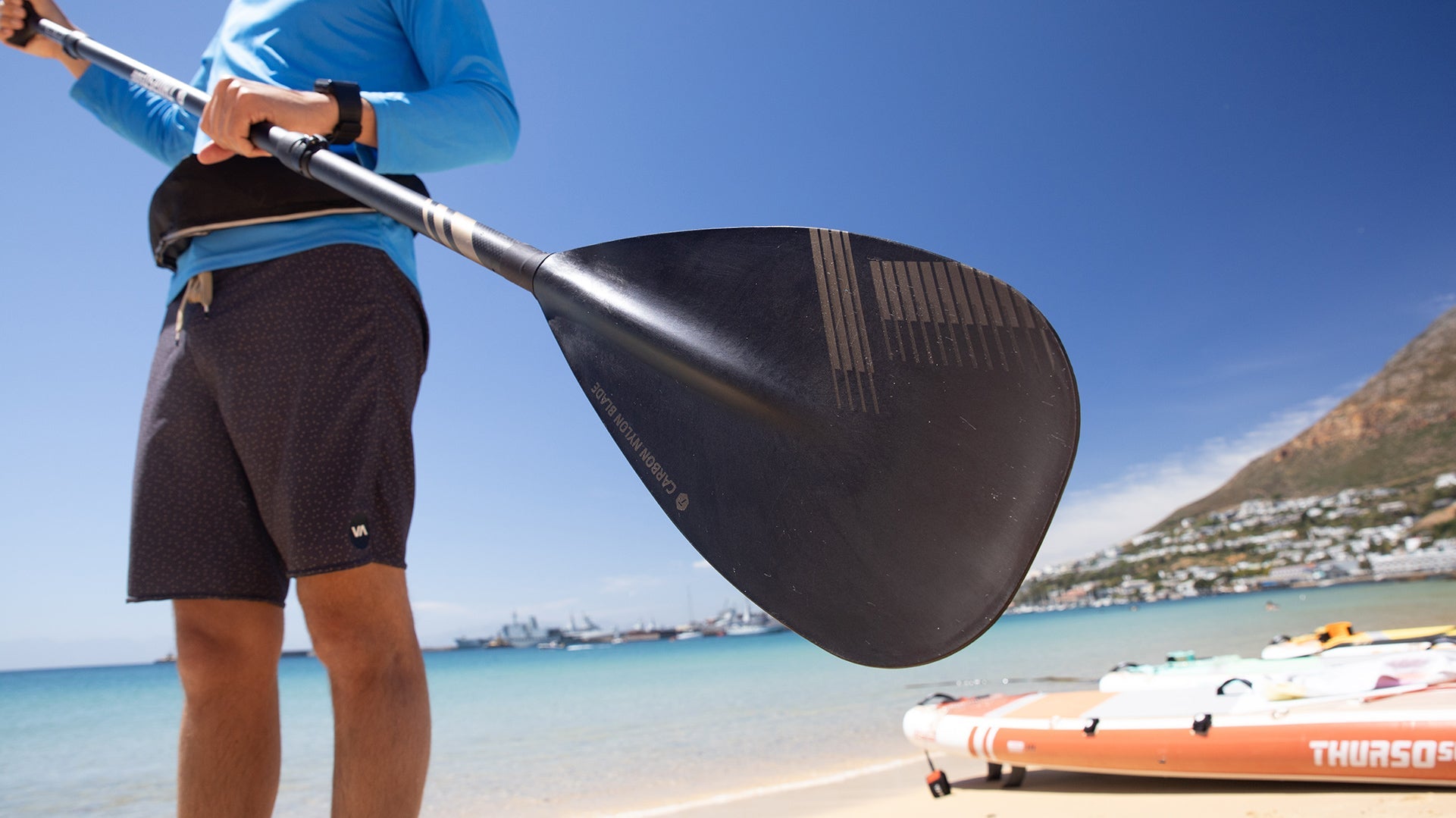
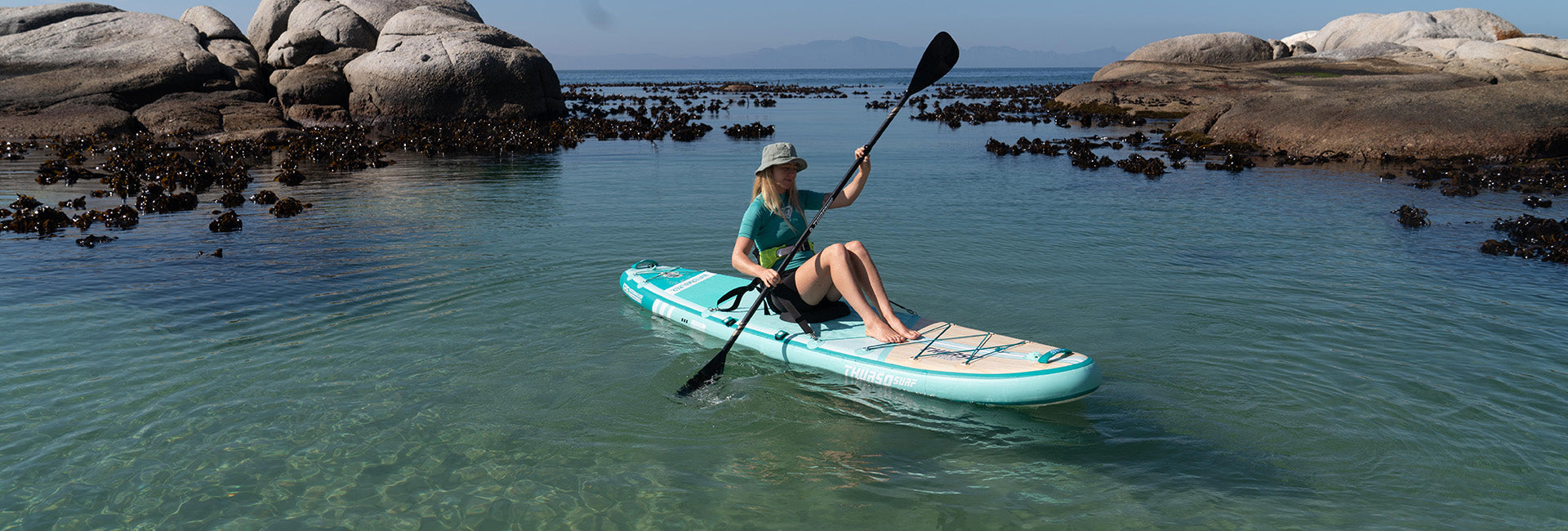

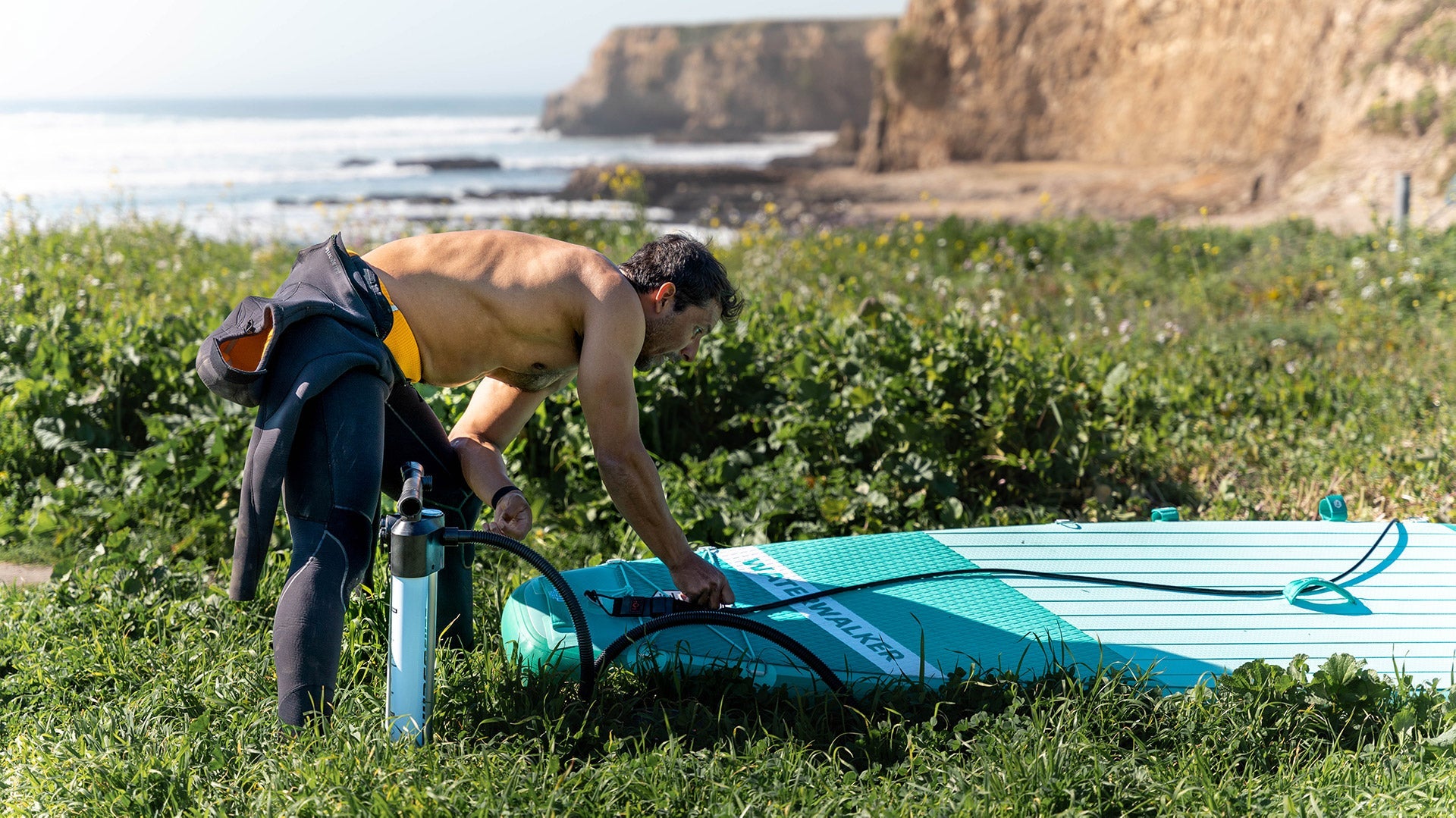
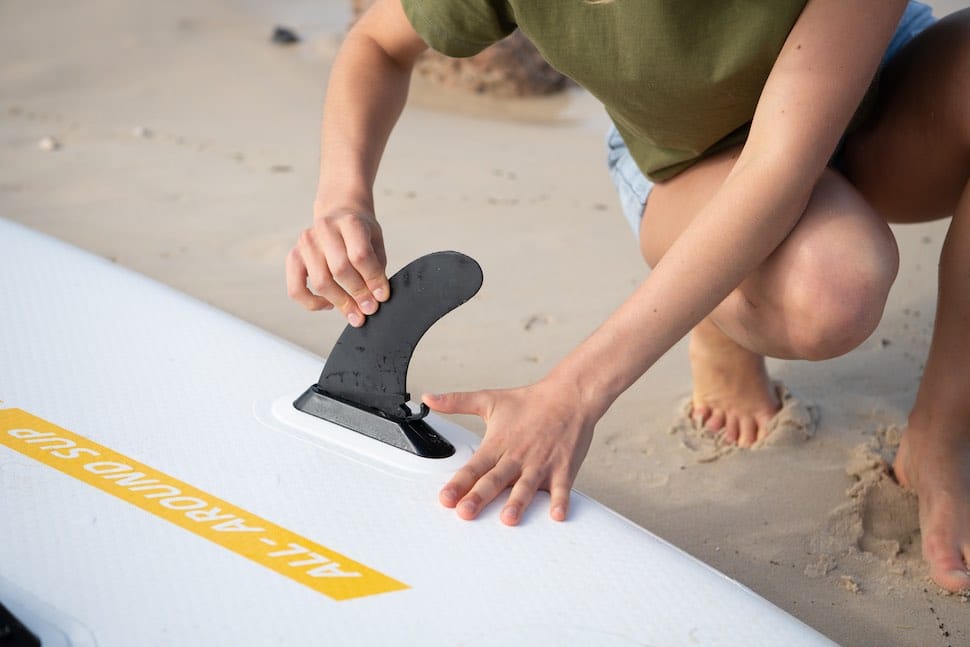
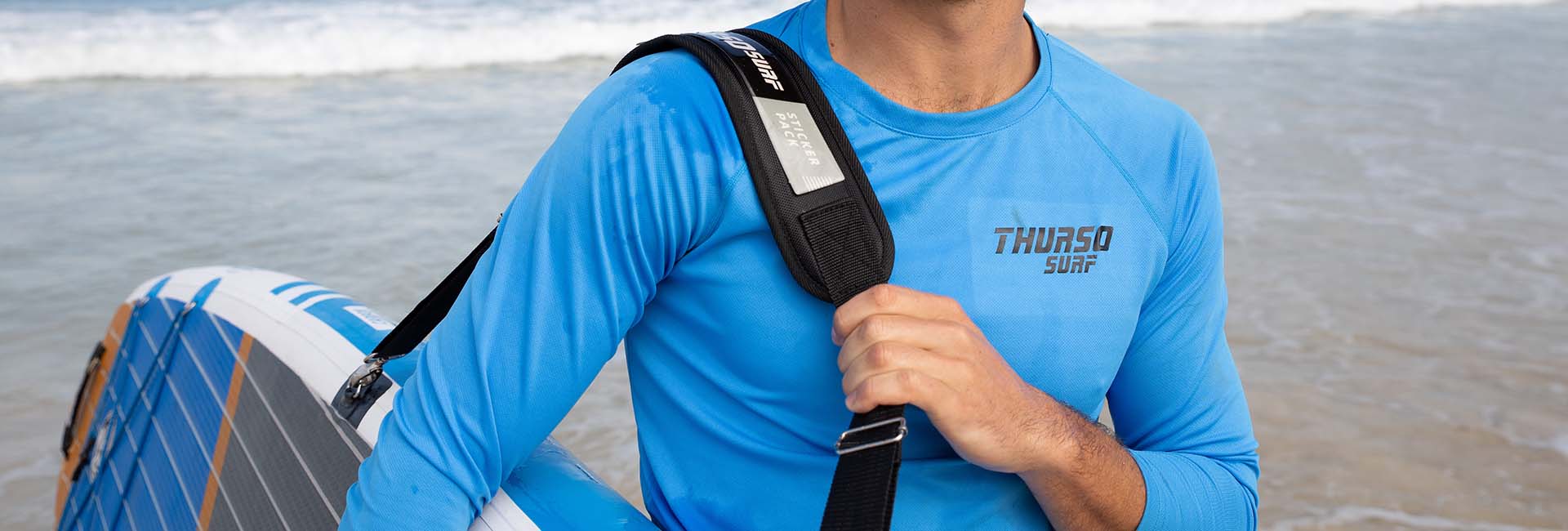
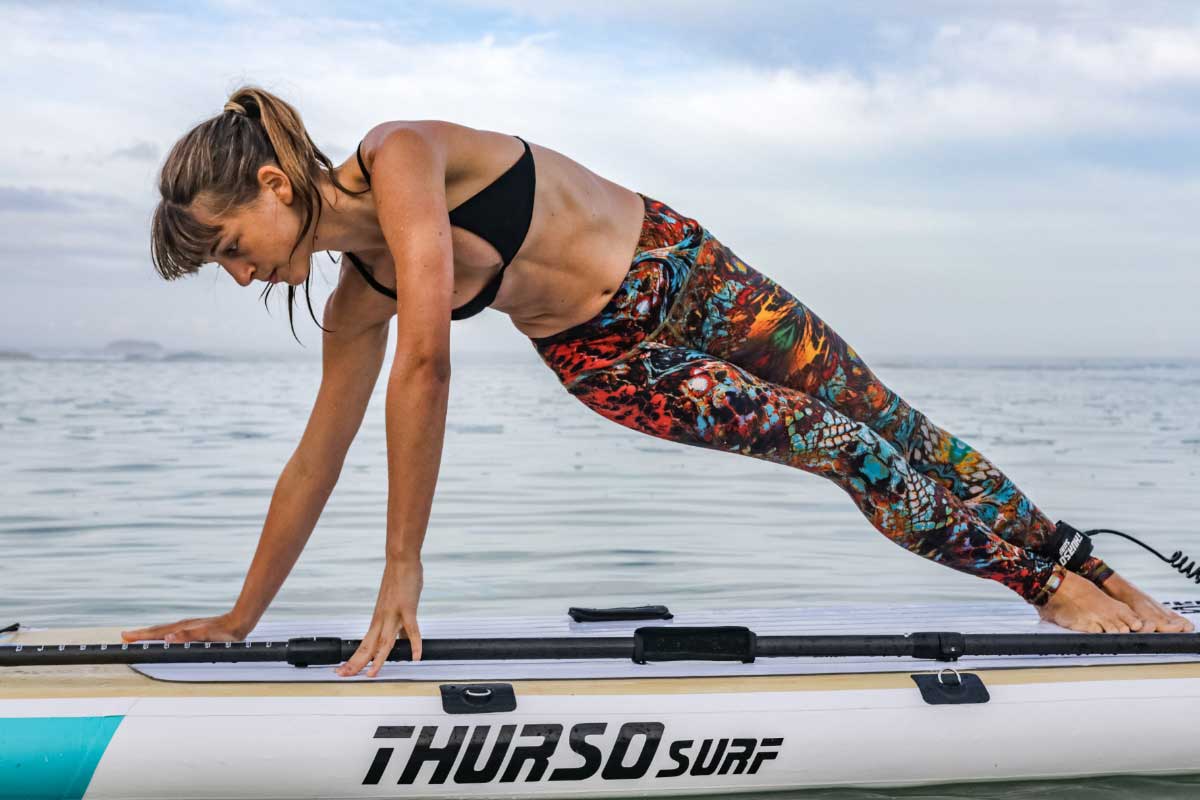

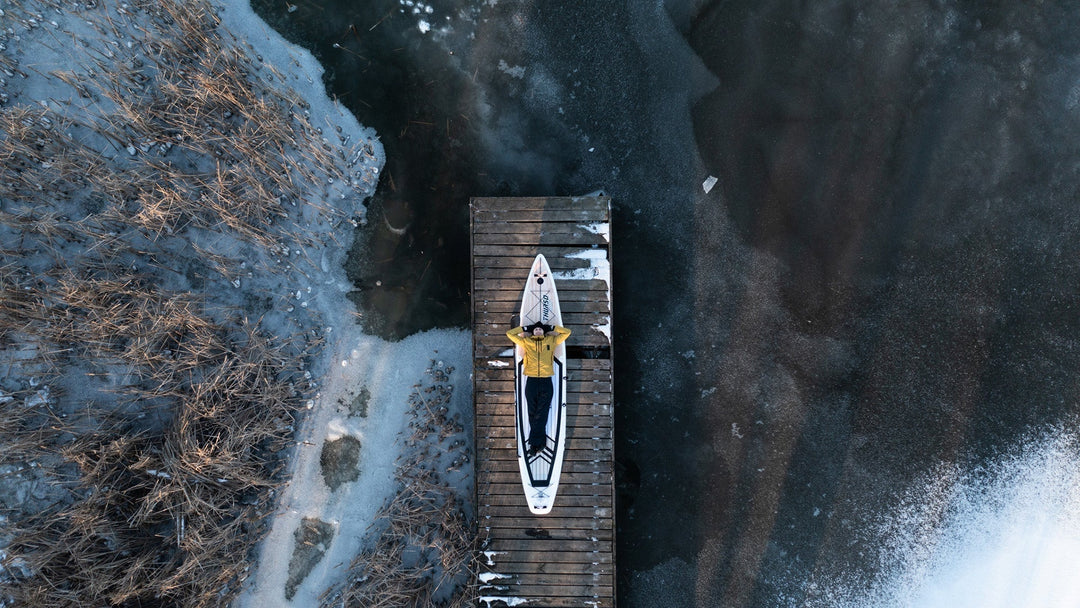
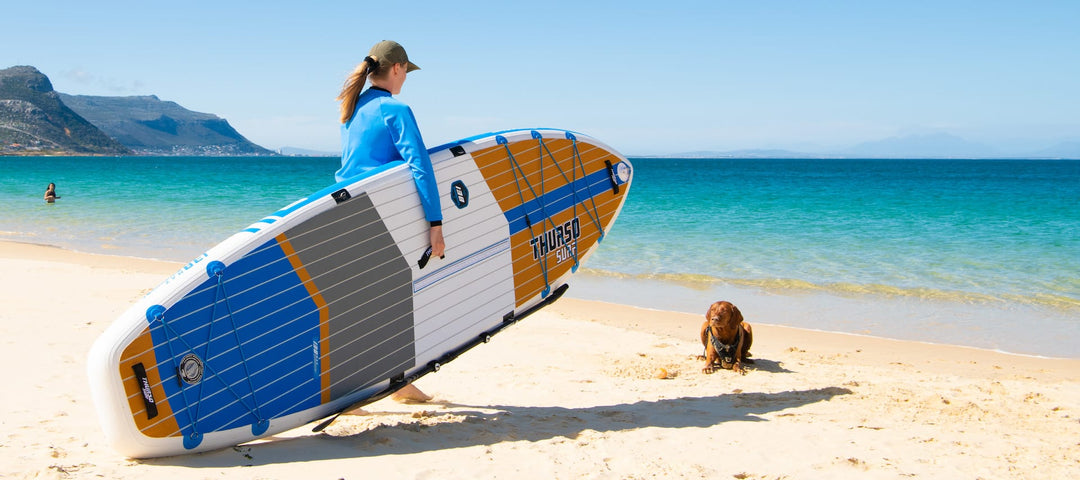
Leave a comment